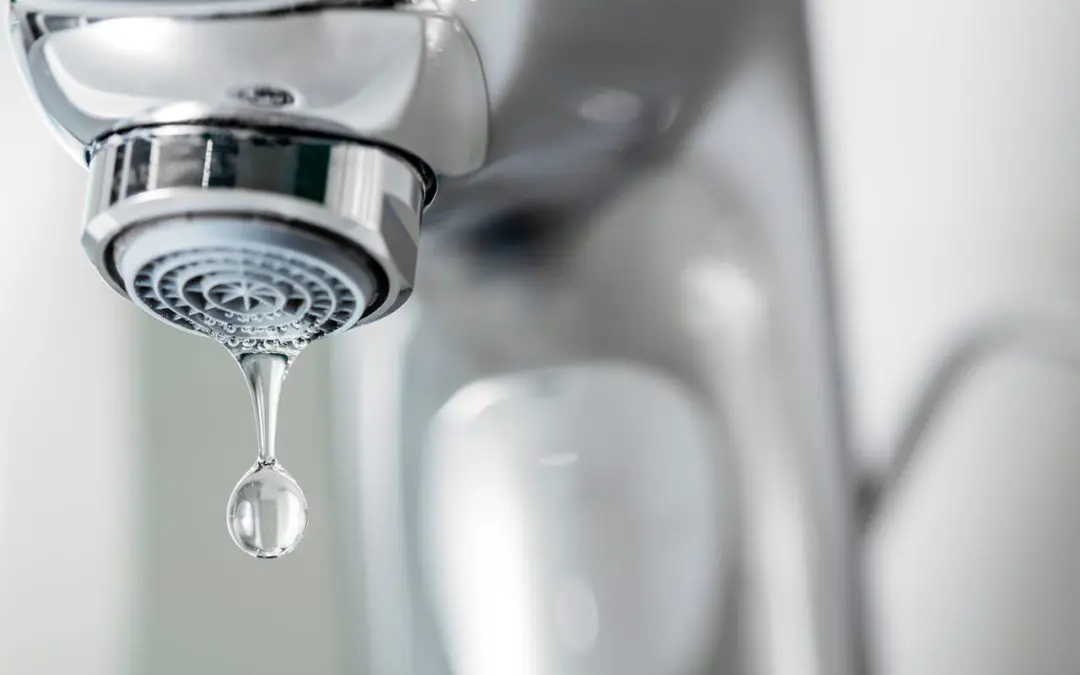Household plumbing can be a headache when it malfunctions, and hiring a plumber can be costly. However, there are some DIY plumbing repairs you can tackle to save time and money. Let’s look at a few common plumbing issues and the necessary tools to make repairs.
Plumbing Repairs You Can DIY
Leaky Faucets
A leaky faucet is a common plumbing problem in any home. You’ll need a few basic tools for this repair, including an adjustable wrench and screwdriver. To begin, turn off the water supply to the faucet. Then unscrew the handle from the faucet and remove any screws holding it in place. Once you have removed all parts of the tap, inspect them for wear and tear or damage. The O-ring is often to blame when a faucet leaks. Check the O-rings and replace pieces that are worn or deteriorating.
DIY Plumbing Repairs: Clogged Drains
Clogged drains are another common issue homeowners must deal with from time to time. A plunger is helpful for this repair. However, if that doesn’t work, you may need a drain auger or “snake” to remove stubborn blockages. Wear protective gloves and eyewear when unclogging a toilet to protect yourself and complete the job safely.
Running Toilets
If your toilet continues running after flushing, it likely means something is wrong with the flapper or flush valve seal. Remove the old parts and replace them with new ones from your local hardware store. After replacing these components, test the toilet for leaks. Place a few drops of food coloring in the tank and wait 20 minutes. If the color appears in the bowl, the toilet is still leaking, and you may need to call a professional.
Drain a Water Heater
Draining a water heater is an important part of any home maintenance plan because it removes sediment and mineral deposits that collect in the tank over time. It also allows homeowners to check for signs of corrosion and other damage that might require professional repair or replacement of the appliance.
Most standard-sized water heaters require a garden hose to attach to the drain. Before beginning, turn off the electricity and gas lines running into your water heater. Then close the cold water supply valve at the top of your tank before opening the drain valve at its base. Allow the water to drain, taking care because it may be very hot. Close the drain valve, remove the garden hose, and turn the water back on.
DIY plumbing repairs can be daunting, but with proper research and preparation, they don’t have to be difficult. With just a few basic tools, you can make quick repairs without calling the plumber every time something goes wrong.
Esham Inspections offers home inspection services in Maryland and Delaware. Contact us to schedule an appointment.

